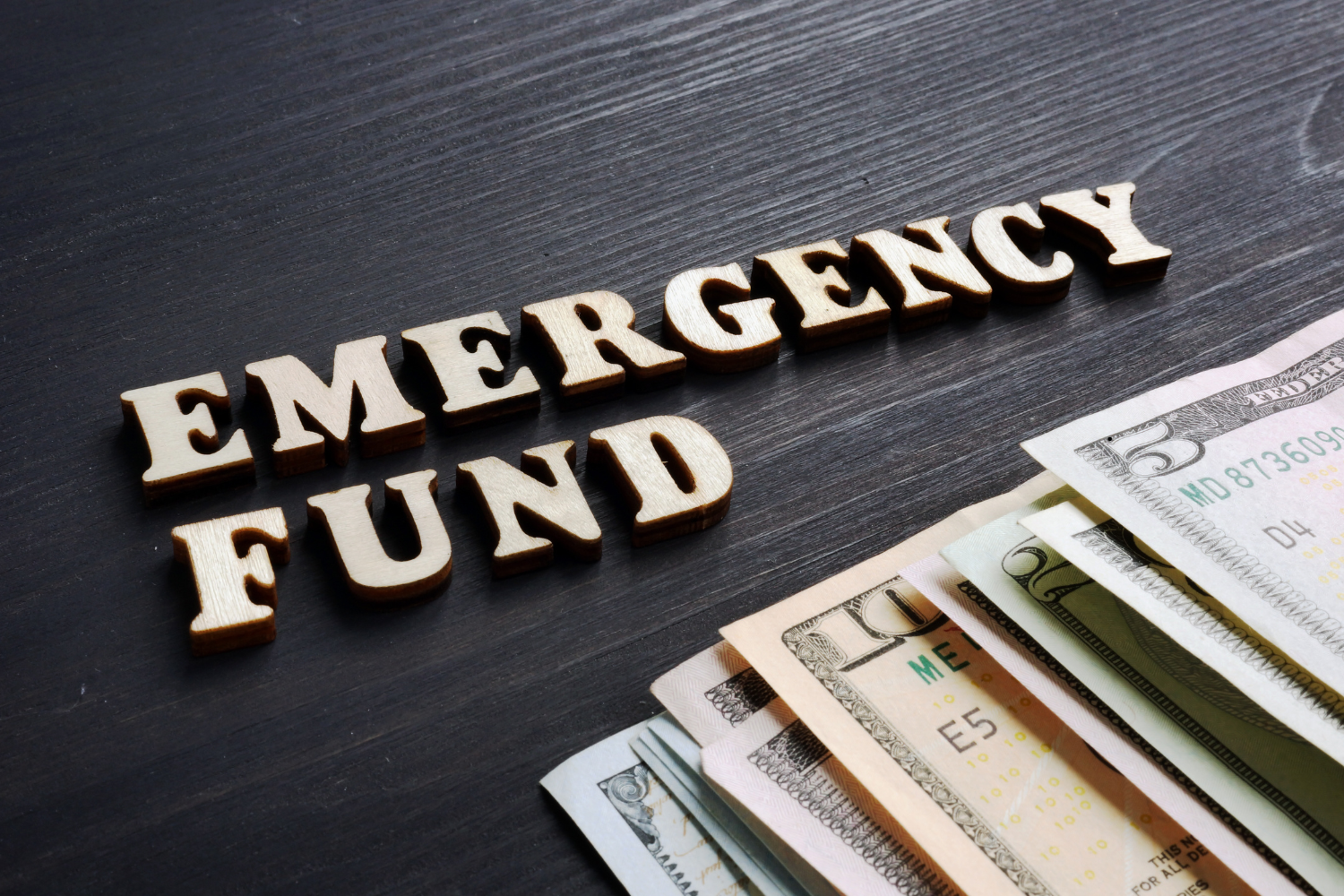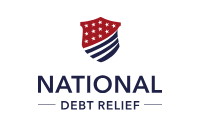Emergency Funds vs. Paying Off Debt: What Comes First?

Managing personal finances often feels like a juggling act, especially when deciding between building an emergency fund or paying off existing debt. Both are critical to financial health, yet knowing which to prioritize can be challenging. The ideal strategy balances financial security with reducing debt burdens.
Here’s how to decide whether you should prioritize building your emergency savings or aggressively paying down your debt first.
Understanding the Importance of Both Goals
Before determining which comes first, understand why each goal matters significantly:
- Emergency Fund: Protects against unforeseen expenses, reducing the need to borrow money in a crisis.
- Debt Repayment: Reduces interest costs, lowers monthly financial obligations, and improves overall financial health.
Your unique financial situation dictates which goal should receive priority initially.
When to Prioritize an Emergency Fund First
There are clear scenarios when building an emergency fund should take precedence:
1. You Have No Savings At All
If you currently have zero emergency savings, start by setting aside a modest emergency fund. Even a small amount—$500 to $1,000—can shield you from immediate reliance on high-interest credit cards or loans during unexpected expenses.
2. Your Income is Unstable or Unpredictable
Workers with irregular income streams (freelancers, gig workers, seasonal employees) face greater risk of financial emergencies. Prioritizing an emergency fund provides a necessary cushion against income fluctuations, reducing your reliance on debt.
3. Your Debt Interest Rates are Relatively Low
If your debt carries manageable, low-interest rates, building an emergency fund first is sensible. With lower-interest obligations, your financial priority becomes financial security rather than aggressive repayment.
When to Prioritize Debt Repayment First
Conversely, there are situations when prioritizing debt repayment makes more sense:
1. You Have High-Interest Debt
High-interest debt, especially credit card balances with double-digit rates, rapidly grows, significantly impacting your financial stability. Prioritizing high-interest debt repayment reduces overall financial costs, freeing up income for future savings.
Using services like National Debt Relief can streamline repayment, consolidating debts and securing lower interest rates, helping you escape high-interest burdens faster.
2. You’re Facing Aggressive Debt Collection Actions
If debt collectors aggressively pursue unpaid balances or threaten legal actions, prioritize debt repayment or negotiate settlements quickly. Resolving aggressive collection actions, especially complicated debts such as IRS tax obligations, requires prompt attention from specialists like Tax Debt experts. Addressing these obligations swiftly reduces long-term financial harm.
3. Your Credit Score Is Severely Impacted
Heavy debt burdens severely impact your credit score, limiting future borrowing potential and raising borrowing costs. Prioritizing debt repayment—paired with professional credit restoration from companies like Credit Repair—improves your financial standing significantly, restoring your financial flexibility.
Finding the Ideal Balance: A Hybrid Approach
Often, the best approach is balanced—a hybrid method of simultaneously building emergency savings and paying down debt. Consider the following steps to create an effective, combined strategy:
Step 1: Establish a Small Starter Emergency Fund
Initially, save a modest emergency fund ($500–$1,000). This small cushion prevents immediate reliance on credit if unexpected expenses arise, providing basic financial protection.
Step 2: Aggressively Pay Down High-Interest Debt
After establishing a small emergency fund, direct most of your extra income toward aggressively repaying high-interest debts. Prioritize debts with the highest interest rates first, saving significantly on interest payments over time.
For greater efficiency, debt consolidation services through trusted companies like National Debt Relief simplify repayment plans, further accelerating debt elimination.
Step 3: Gradually Expand Your Emergency Fund
Once your high-interest debts are significantly reduced or eliminated, shift your financial focus toward gradually expanding your emergency fund. Aim eventually for three to six months’ worth of living expenses, significantly enhancing financial security.
Continually Adjust Your Priorities
Regularly reevaluate your financial priorities. Changes in income, employment stability, or unexpected financial situations require flexible responses. Remain adaptable, adjusting savings goals and repayment strategies to match your current financial circumstances.
Conclusion: Building Stability and Freedom
Choosing between emergency savings and debt repayment is not about selecting one goal entirely at the expense of the other—it’s about prioritizing strategically based on your financial circumstances.
By proactively addressing high-interest debts with reputable companies like National Debt Relief, resolving complex financial challenges like IRS obligations with Tax Debt, and continually improving your financial health with professional Credit Repair, you create a balanced financial strategy that delivers stability and freedom.
Balancing debt repayment with emergency savings builds financial resilience, empowering you to achieve lasting financial security and peace of mind.
Explore Our Categories

Credit Cards

Debt

Loans

Insurance

Retirement

Home Buying

Investing

Taxes
Free Yourself From Debt

National Debt Relief
✅ Reduce Your Debt – Pay Less Than You Owe!
✅ One Simple Monthly Payment – No More Juggling Bills.
✅ Get Relief From Credit Cards, Medical Bills & More
Ranked #1

